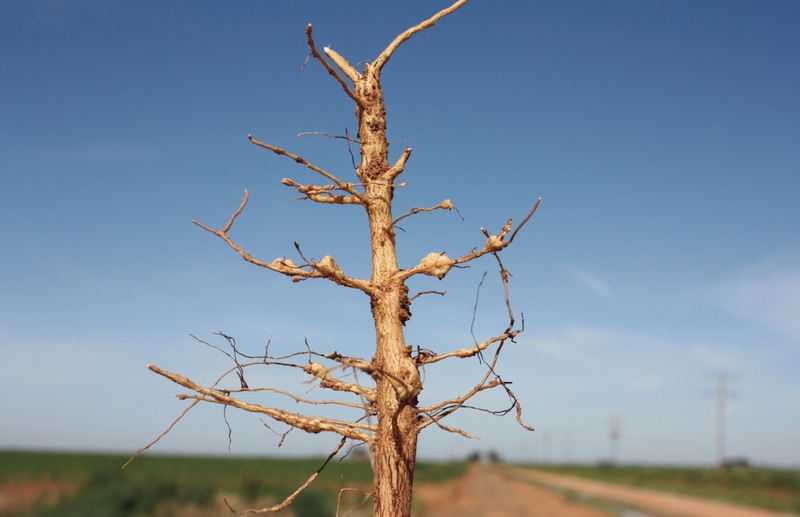Marking Time Thanks to USDA, China and Mother Nature
The cotton market only marked time this past week.
USDA kicked the can further down the road with its June supply demand report. The Chinese made its nine-month old unofficial news “official,” with the formal announcement to reopen its stocks of cotton to the market. Then – the good news – the Texas Plains finally got its cotton planted, planting up until after dark on the final insurance day of June 10.
The limited acreage with a June 20 deadline has a chance to get it. But most of this area, if not all, is expected to be too wet for field work for the next five to seven days. Thus, that acreage looks to be headed for a photo finish, just like most of the Coastal Bend, High Plains and Rolling Plains were earlier this year
Market prices remained locked in their tight trading range, losing some 60 points on the week, but holding just above the 64.50 cent mark in December. The market is content with waiting for the June 30 acreage planting report from USDA, yet that report could be a bit rough around the edges due to the late, but just under the wire, plantings in Texas. Other regions appear to be generally on schedule as U.S. plantings near completion.
Most observations have placed U.S. cotton plantings closer to 9.1 million acres than the forecast 9.5 million acres. The primary area to lose acreage to weather was the Texas Coastal Bend region. Yet, this takes on added significance, in that much of the region looks to be both high yield and high grade production.
The USDA supply demand report was well within expectations, with the exception of U.S. exports. Most expected USDA to formally acknowledge the three month period of very strong shipments. Too, all expected to see exports raised, but the Department kicked the export can down the road by choosing not to make any changes.
This is highly suggestive that the Department feels exports will reach beyond another 300,000 bales and stretch all the way to 11.1 or 11.2 million bales. Simply, the Department did not want to increase its estimate 300,000 bales this month, up to 11.0 million, just to have to raise it another 200,000 bales next month.
Such is the historical nature of USDA decisions.
In that light, the decision was not a surprise. If exports climb to 11.0 million bales, the U.S. carryover will fall to 4.0 million bales. However, should exports rise to 11.1 million bales or more, then U.S. stocks would drop to 3.9 million bales or less.
Today’s instant information machine begs for a revision of such historical policies. Speculation abounds as to whether the change will be made next month or over the course of two months. The historical view is understood. But psychological analysis in this situation begs for “correct” information, in as much as reflecting the correct level of imports would bring U.S. carryover stocks much closer to 3.9 million bales.
Market history tells us that the psychological impact of market carryover with a “3” in front of it instead of a “4” would likely foster speculative long activity.
The trading range should be expected to continue. A close above 67.50 to 68.00 will be required to move higher, while the 66 cent support will remain in place. In the meantime, the market will focus on the Indian monsoon and U.S. crop development.
The U.S. crop is scarred, but not permanently. Mother Nature has time to bring it back.
The Indian monsoon remains very late and weak. However, it is now in its infancy, and that same Mother Nature will – or will not – bless the Indian crop. The formal forecast still calls for a very weak monsoon. That crop will be as important to price activity as the U.S. crop.
We would look to price another portion of the crop on a 67 cent even trade.









